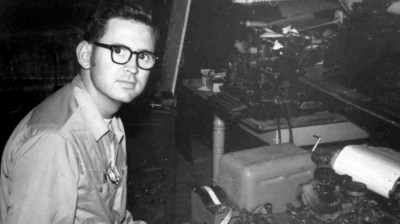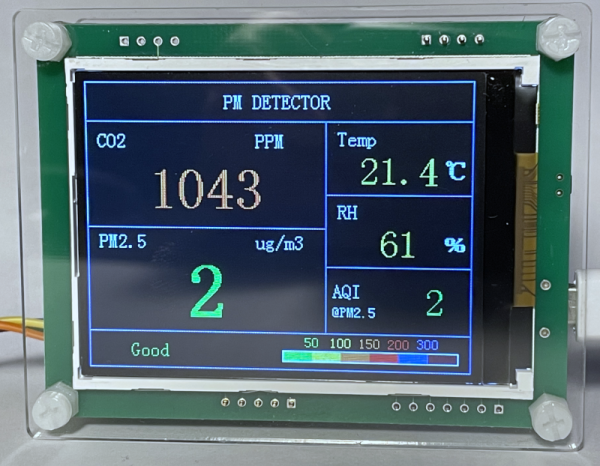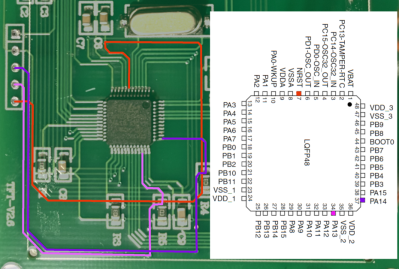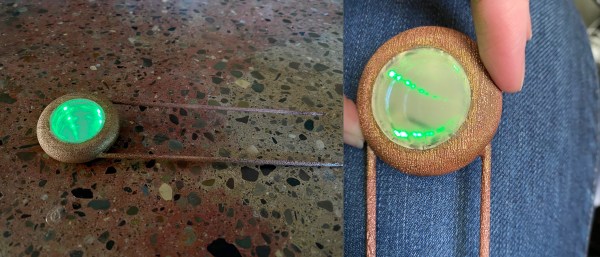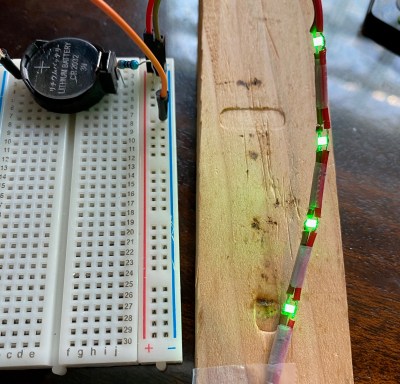Even with all the technological progress civilization has made, weather and seasons still have a major impact on our lives. [John de Hosson] owns a cabin on an island in a Swedish lake, and reaching it involves crossing 500 m of water. In summer this is done with a conventional boat, and in winter they can simply walk across the thick ice, but neither of these is an option on thin ice in the spring or fall. To solve this [John] built an electric airboat, and it looks like a ton of fun in the video after the break
The construction is simple but functional. A 3.3 m flat-bottomed aluminum boat has used a base, and an aluminum frame was bolted on for the motor and propeller. The motor is an 18 kW brushless motor, with a 160 cm/63-inch carbon fiber propeller. Power comes via a 1000 A ESC from a 100V 3.7 kWh Lipo pack mounted in a plastic box. Steering is very similar to a normal airboat, with a pair of air rudders behind the propeller, controlled by a steering lever next to the driver’s seat. The throttle is an RC controller with the receiver wired to the ESC.
Performance is excellent, and it accelerates well on ice and slush, even with two people on board. [John] still plans to make several improvements, with a full safety cage around the propeller being at the top of the list. He is also concerned that it will capsize on the water with the narrow hull, so a wider hull is planned. [John] has already bought a large steering servo to allow full remote control for moving cargo, with the addition of an FPV system. We would also add an emergency kill switch and waterproofing for the electronics to the list of upgrades. It looks as though the battery box is already removable, which is perfect for getting it out of the cold when not in use.
Continue reading “Electric Airboat For Getting You Across Thin Ice”



